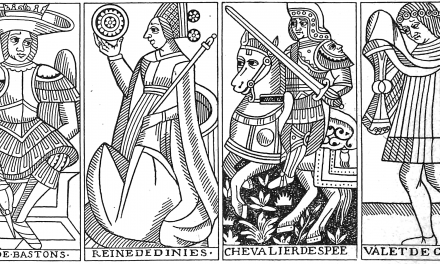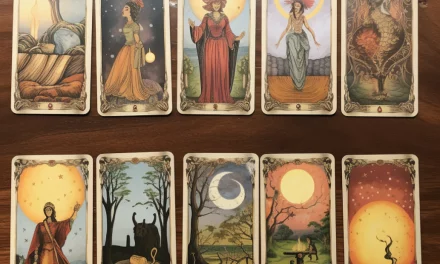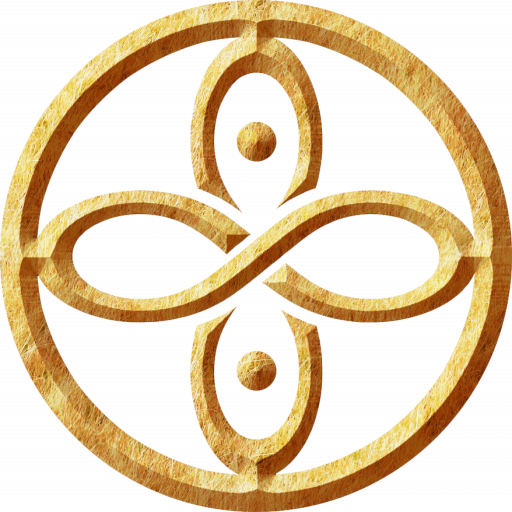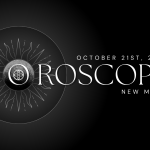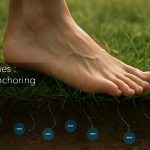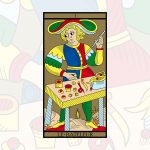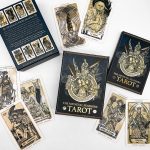One of the most common practices among many tarot readers is to shuffle the cards in such a way that, during the reading, some may appear upright (head at the top) and others reversed (head at the bottom — with the obvious exceptions of the Hanged Man and the Tower…). But what for? And is it really useful?
First, why do some readers use upright/reversed cards while others read only upright?
In reality, whether you read only upright cards or a mix of upright and reversed makes no fundamental difference to the quality of your reading. A card is still a card. If you take the Mona Lisa, observe her right side up, then flip her upside down — she’s still the Mona Lisa. Her beauty, her perfection, the meaning behind her creation, none of it changes just because the painting is upside down. That’s obvious. And yet, when it comes to Tarot cards, it suddenly seems as though flipping the pie turns it into tarte Tatin, and the taste becomes completely different! Let’s be serious for a moment — of course the meaning of the card remains the same.
On this topic, I once moderated a private online forum for several years, with amateur and professional tarot readers. I challenged them with tests so we could verify the accuracy of readings, the interpretations, and the methods. Hundreds, if not thousands, of readings were reviewed and evaluated for relevance, clarity, and consistency. And if there’s one thing we all agreed on, it’s this: the upright/reversed presentation of the card did not fundamentally change its meaning.
So, if you draw a card about relationships, it won’t suddenly be about loneliness just because it’s reversed. It will still be about relationships. Period.
Given that, why use upright and reversed cards at all?
Try this simple experiment: take a well-known image — a photo, a famous painting, like the Mona Lisa. Look at it upright. You know it. Your brain recognizes it. Everything feels familiar.
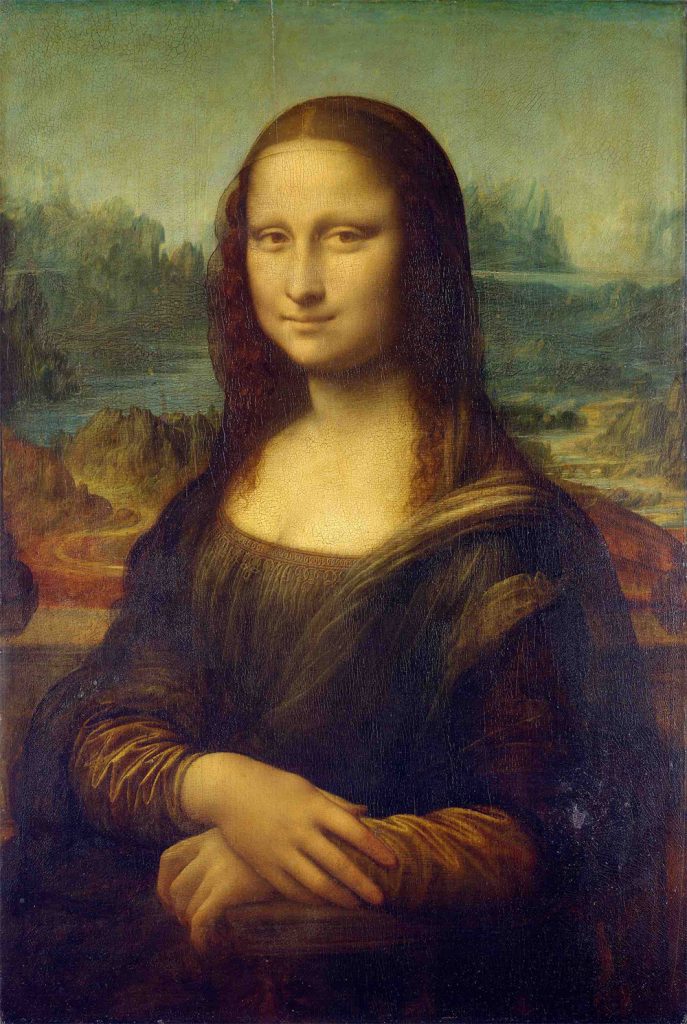
Now look at it upside down. What do you notice?

Don’t you get a strange feeling that something’s off? Doesn’t your focus shift? Perhaps you’re no longer drawn to her face the way you were when the painting was upright. Maybe now your eyes are more focused on her chest, her hands, or the background landscape. Maybe her gaze seems more mischievous, her smile more pronounced? Yet the painting is unchanged! It’s the viewer’s experience that shifts. The artwork hasn’t changed — your perception has.
And that may be one of the best arguments for allowing reversals in your tarot spreads. By seeing some cards upright and others reversed, new impressions or sensations can emerge — things that might not arise in an all-upright reading. Your attention may be drawn to details that upright cards seemed to hide. If you took my tarot course, remember the story of the Papess’s torches. Likewise, a Hanged Man drawn upright might appear to be in suffering, while a reversed Hanged Man could look like he’s levitating:


When it comes to the way we look at cards, if you studied with me, we’ve already talked about the importance of where cards “look” in free-form readings. Allowing the cards to be reversed opens up new possibilities for directional gaze and interaction. In this way, upright/reversed orientation simply offers more ways for the Tarot to express itself.
But be careful not to fall into the trap of always imagining that upright means “positive” and reversed means “negative.” That’s not always true. If you receive a bill to pay, whether you read it upright or upside down… you still owe the same amount! It’s just that upside down, it might require a bit more focus to decipher the amount due…



